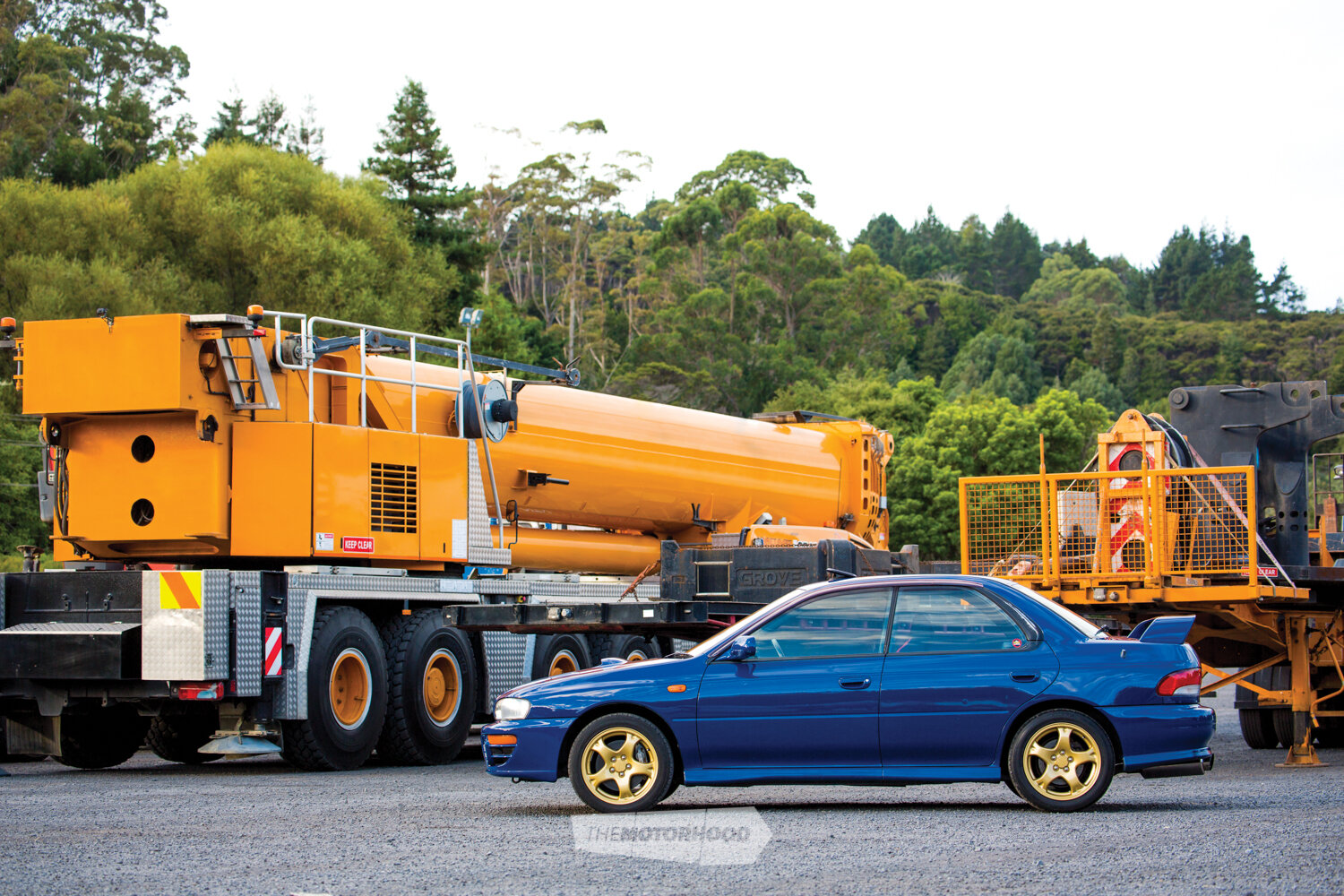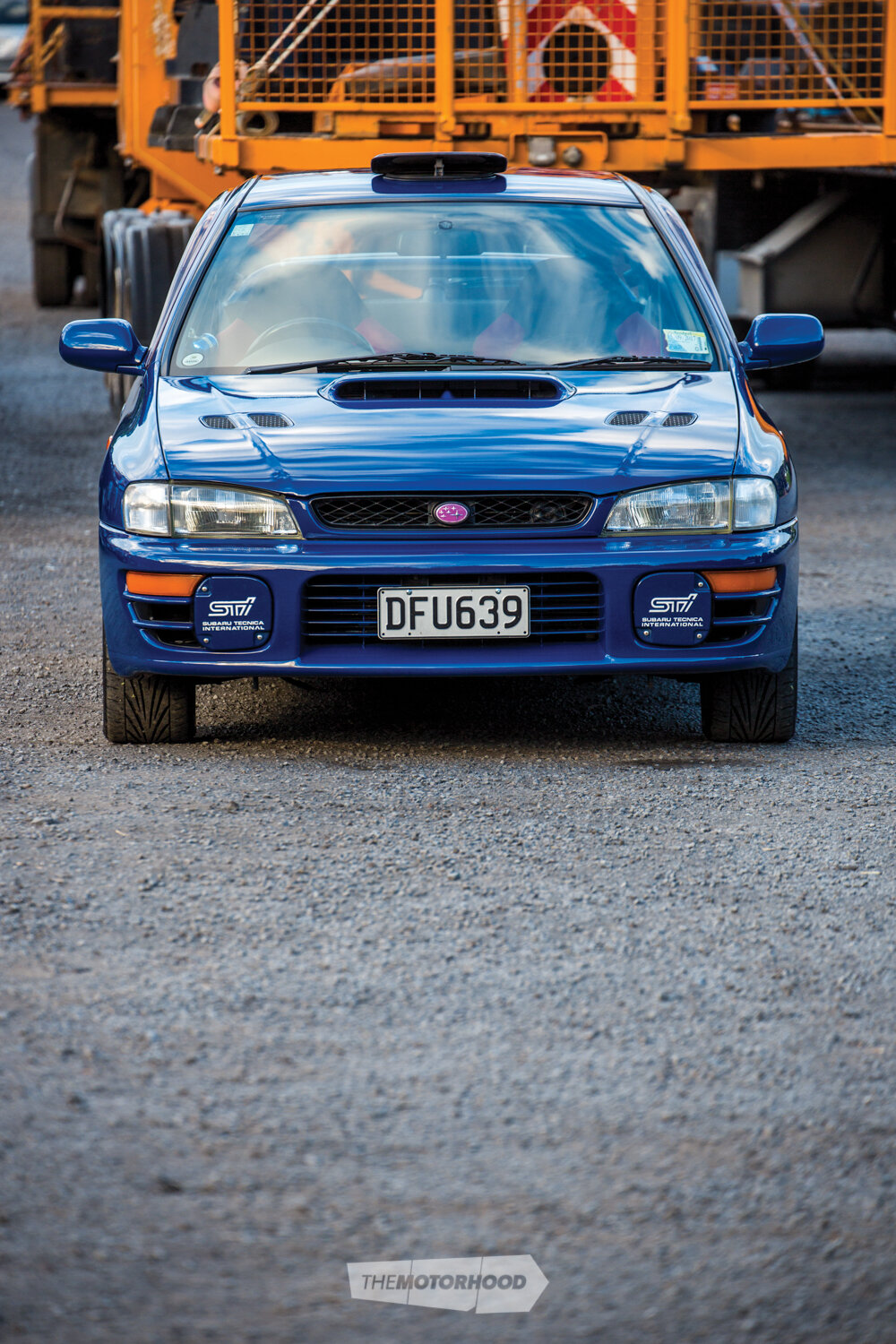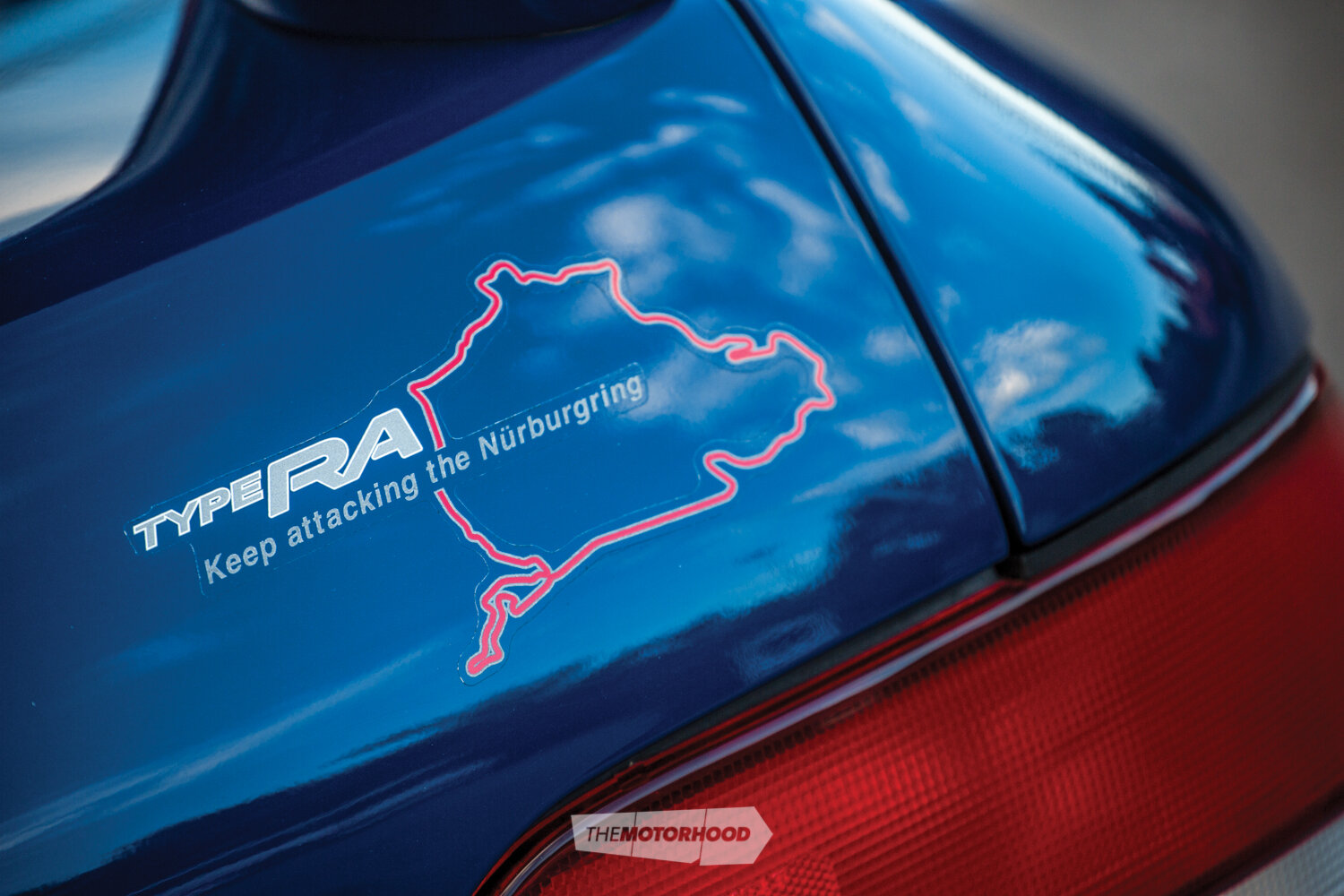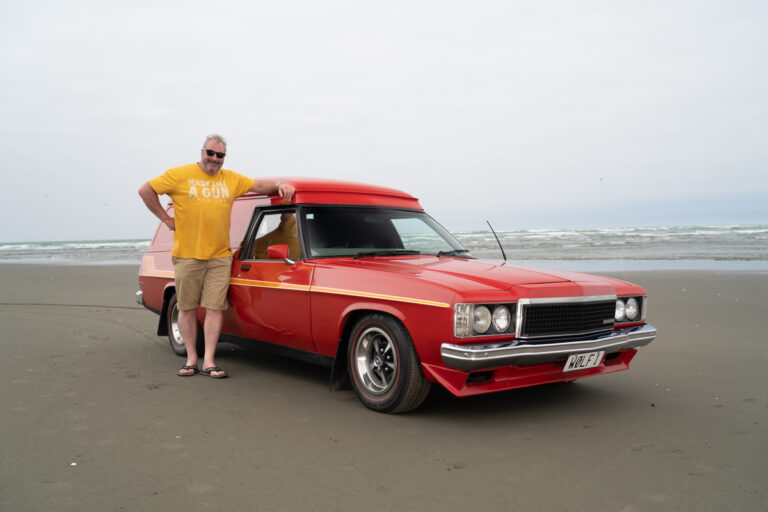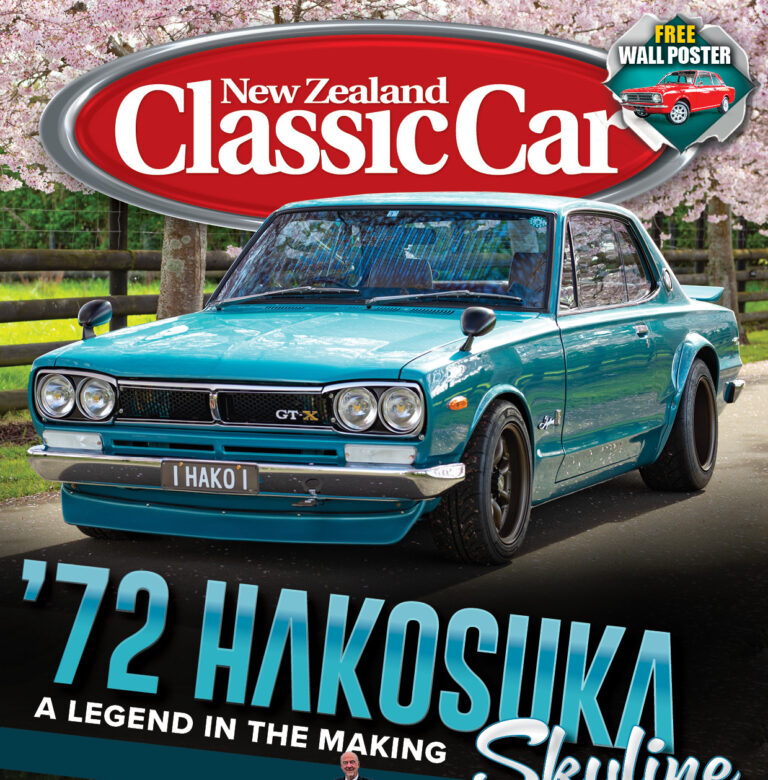For readers of a certain age, the Subaru WRX will evoke visions of noisy boy racers, exhaust tips that burble incessant noise, and caps worn in such a manner that their intended purpose has been avoided …
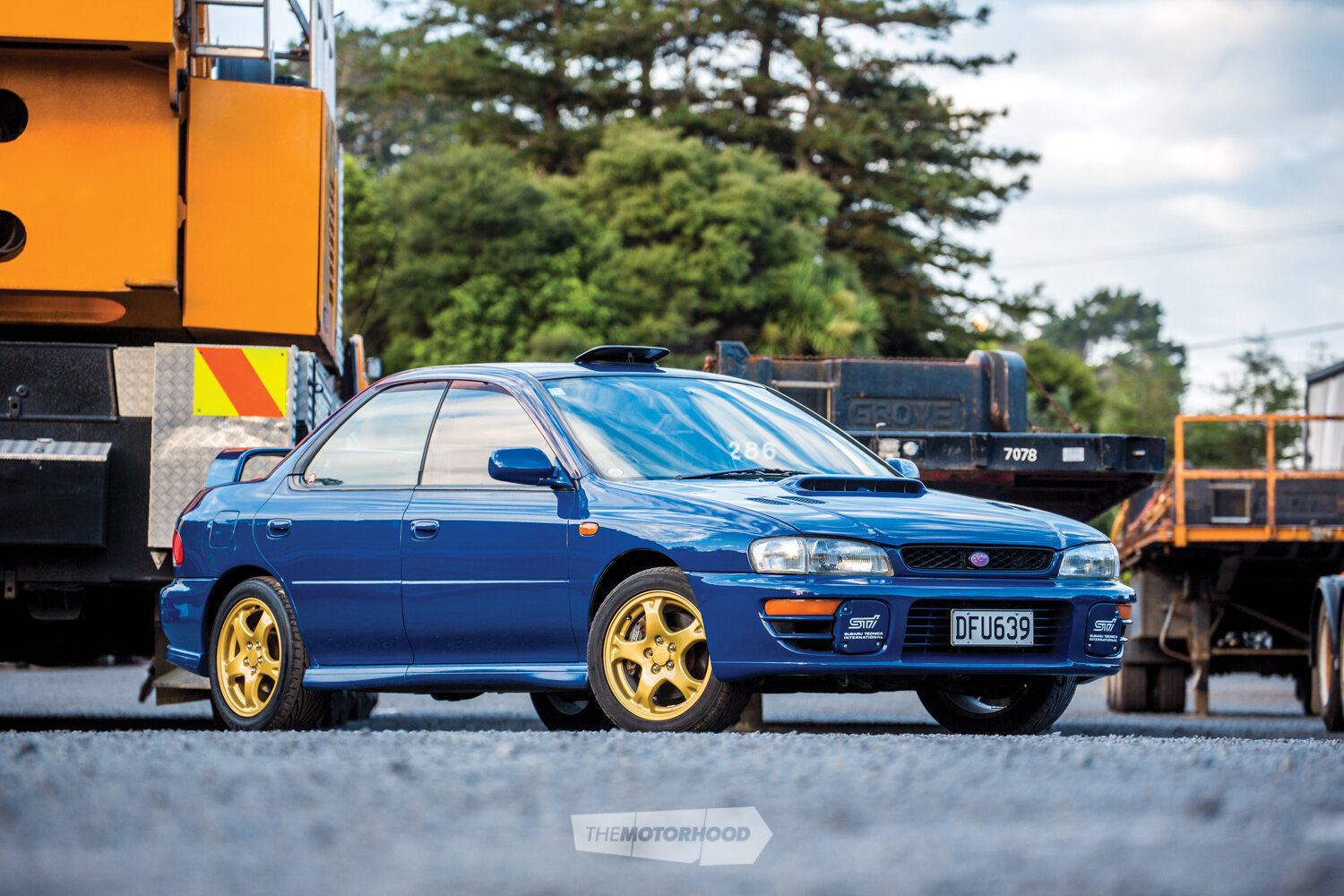
For readers of a different age, the WRX will summon thoughts of the 1990s World Rally Championship (WRC), a Scotsman named Colin McRae, a Kiwi named Possum Bourne, and the dawn of the era of accessible all-wheel drive alongside the fearsome Mitsubishi Evolution (tai ho, Quattro fans, we’ll get to you). In this battle, just as with Holden and Ford, fans had their camps and they fervently stuck to them. The pop-culture success of the Subaru WRX in the late 1990s came on the back of the advent of actual race cars on console computer games. It meant that the fans of all things fast and enthusiasts of most things freshly digital had an opportunity. In between sips of Mountain Dew and bites of nachos, we got to drive our hero cars. We got to be Colin McRae behind the wheel of the WRX, flying over blind crests on New Zealand roads with our co-driver Nicky Grist screaming unintelligible instructions across mono speakers.
Somewhere in between these differing views is a car that has become a staple for fans of everything fast, fun, and affordable. And I’d hazard a guess: these two camps will probably meet in the middle to shake hands, share rations, and discuss why the WRX (in particular, the STi) can now be considered important enough to be a classic.
In the beginning
Subaru was born of its parent company, Fuji Heavy Industries. Until quite recently, a nameplate bearing “Built for Fuji Heavy Industries” could still be found taking pride of place in the engine bay of modern-day Subarus. However, once the company was renamed the ‘Subaru Corporation’, this nod to a time past sadly fell by the wayside.
Subaru’s introduction into New Zealand came in the form of the Brumby and the not-quite-as-well-named Leone. The Brumby was and is a fantastic-to-look-at utility with two seats, a low ride height, and selectable all-wheel drive. The Leone was essentially the same platform as the Brumby, but in the form of a sedan and a station wagon — a format which we now appreciate as the backbone of the Subaru story. While the Brumby and Leone had a certain ‘quirk’ factor, they did little to whet the appetite of the Kiwi consumer.
But, in 1991, things changed for the burgeoning Japanese brand. It got serious about taking on some big hitters, not least of which was a little German brand named Audi. At that time, Audi had already gained an enormous amount of traction with its groundbreaking Quattro product (see what I did there?). The UR Quattro had proven a master stroke in terms of brand awareness and motor sport, with great success in both Group B and in the WRC.
So, in the late 1980s, as the UR Quattro was heading into its twilight, Subaru released the Legacy. A lot of Kiwis — myself included — will remember the RS Legacy as the barnstorming introduction of this all-new set-up to the scene: transverse boxer engine with a big single turbo, a short five-speed manual with Japanese all-wheel drive — the recipe was pretty sweet. So, when the WRX was released to the market in 1992, the Legacy became a somewhat muted, family version of the new and sporty WRX ‘crossover’.

The performance car to own
The WRX (World Rally eXperimental) took a good product (in the RS and GT Legacy) and made it better. A chassis to die for, grip for days, and pace unheard of for the money, the WRX, according to breathless automotive journalists here and beyond, was the performance car to own in the 1990s.
The reality was that times were different then. The old ‘there’s no replacement for displacement’ argument was strong. “Only milk and orange juice come in 2 litres”, the stickers shouted from the back of SSs and XR8s. It took some time before the market came to terms with the new kid on the block, and a competitive one at that. Not unlike the Nissan R32 Skyline when it took on Bathurst (which we will revisit in New Zealand Classic Car soon), the WRX was seen as an unfair competitor in a fight in which the rules were set in stone.
In hindsight, turbocharging was a step in the right direction. Back in the ’90s, it wasn’t uncommon for turbo cars to get poorer mileage than their V8 counterparts, but modern versions have tipped the balance, and we now know that we’re better off forcing some air through the engine than adding cylinders willy-nilly.

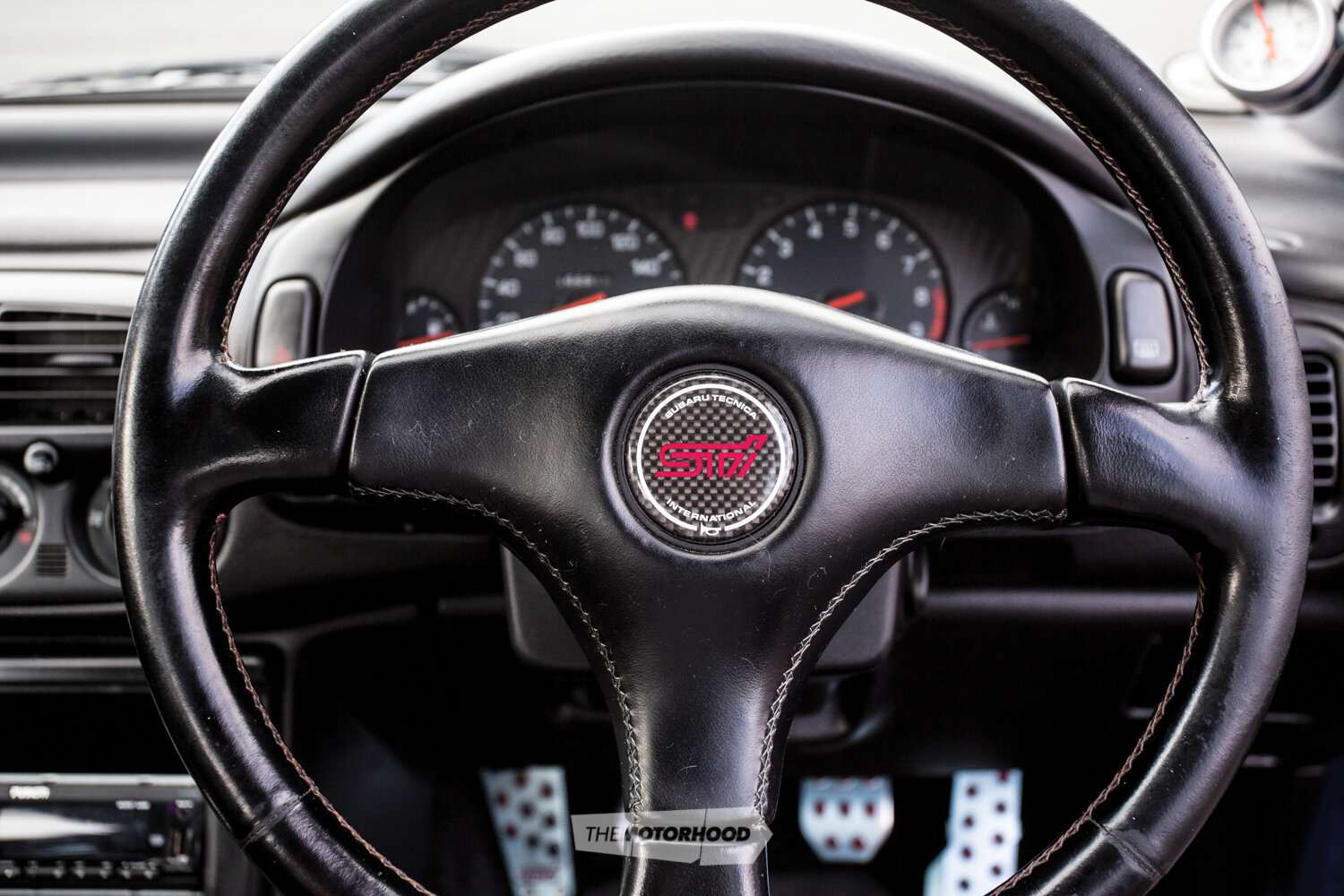
WRX
So, the WRX had arrived. And while company directors and executives were unsure about this shiny new toy, there were a couple of indisputable home truths. The WRX could go around corners at an astonishing speed with its groundbreaking, accessible all-wheel-drive system, providing a three-pedal set-up that suddenly gave the thrill of driving back to many who had spent so much time line locking their V8s in driveways around the country.
Aside from the displacement argument, the numbers made an interesting comparison. The WRX, with its turbocharged four-cylinder tipped on its side delivered 155kW at 6000rpm and 270Nm at 4800rpm. This is quite interesting considering that Ford’s range-topping XR8 produced just 165kW and 388Nm in comparison. This, along with the fact that the WRX weighed around 400kg less, had all-wheel drive, and beat the big dogs on the drag strip, meant that there were some nervous sales managers stalking the halls of big corporates, wondering when their time might come to be ‘downgraded’ to avoid taxes that were disincentivizing large-engine company cars both here and in Australia.
Of course, the WRX suffered turbo lag that can only be described as back breaking. I remember my first trip in a WRX. At the first set of traffic lights, I was certain that we’d stalled, such was the delay in any engagement of power. Despite this, the original WRX still managed a 0–100kph time in the sixes and a 14-second quarter-mile in rail, hail, or shine.

Holy Grail — The 22B
Only to be whispered about in hushed tones, the 22B is the king of all that is burbling and blue. Just 424 of these widebodied coupés were built as a one-off in 1998 to celebrate Subaru’s 40th birthday as well as back-to-back WRC Constructors’ titles in 1995, ’96, and ’97. Only three made it to New Zealand new, and we were lucky we got those, with the entire production having been sold from the factory within 24 hours of Subaru’s announcement of production.

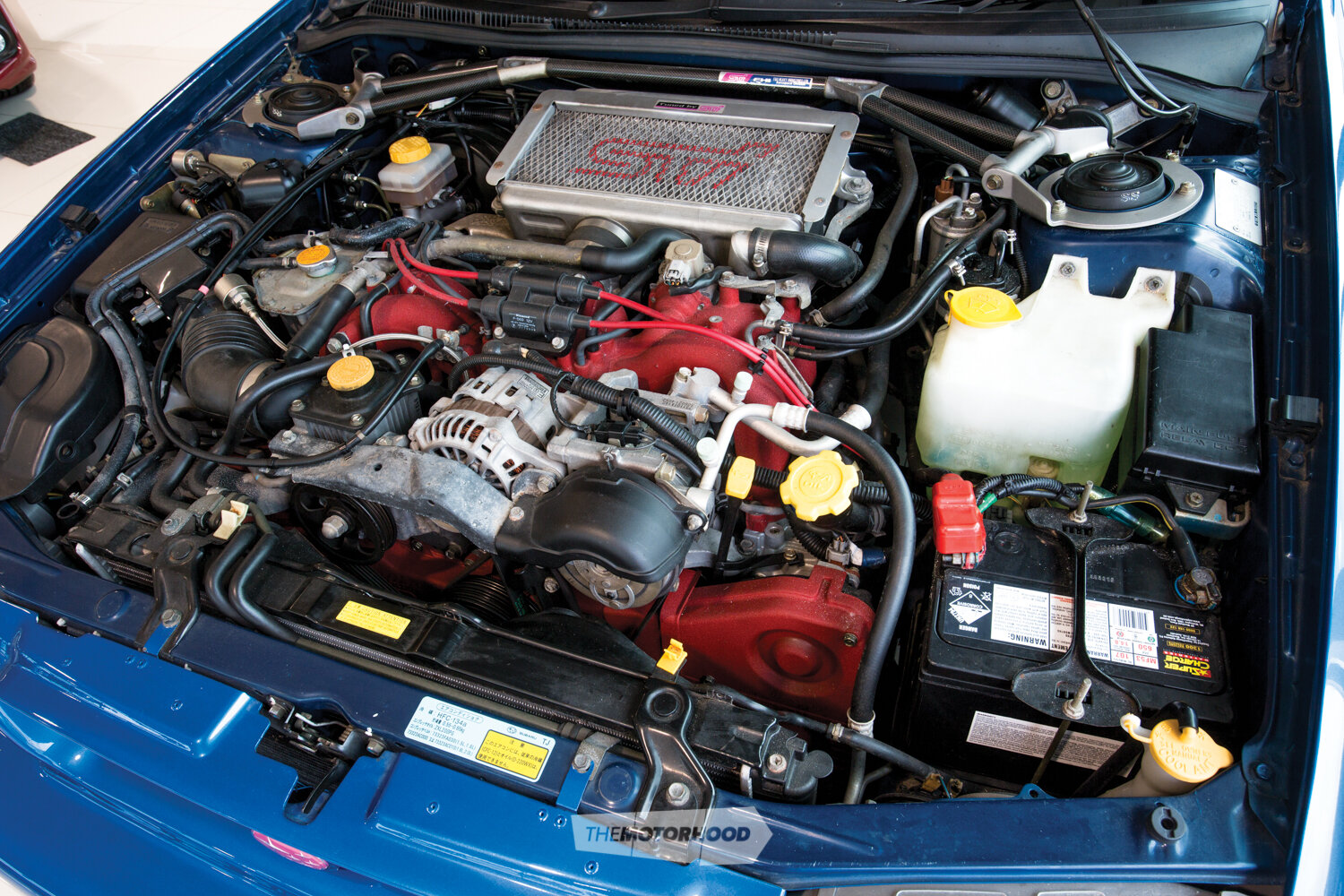
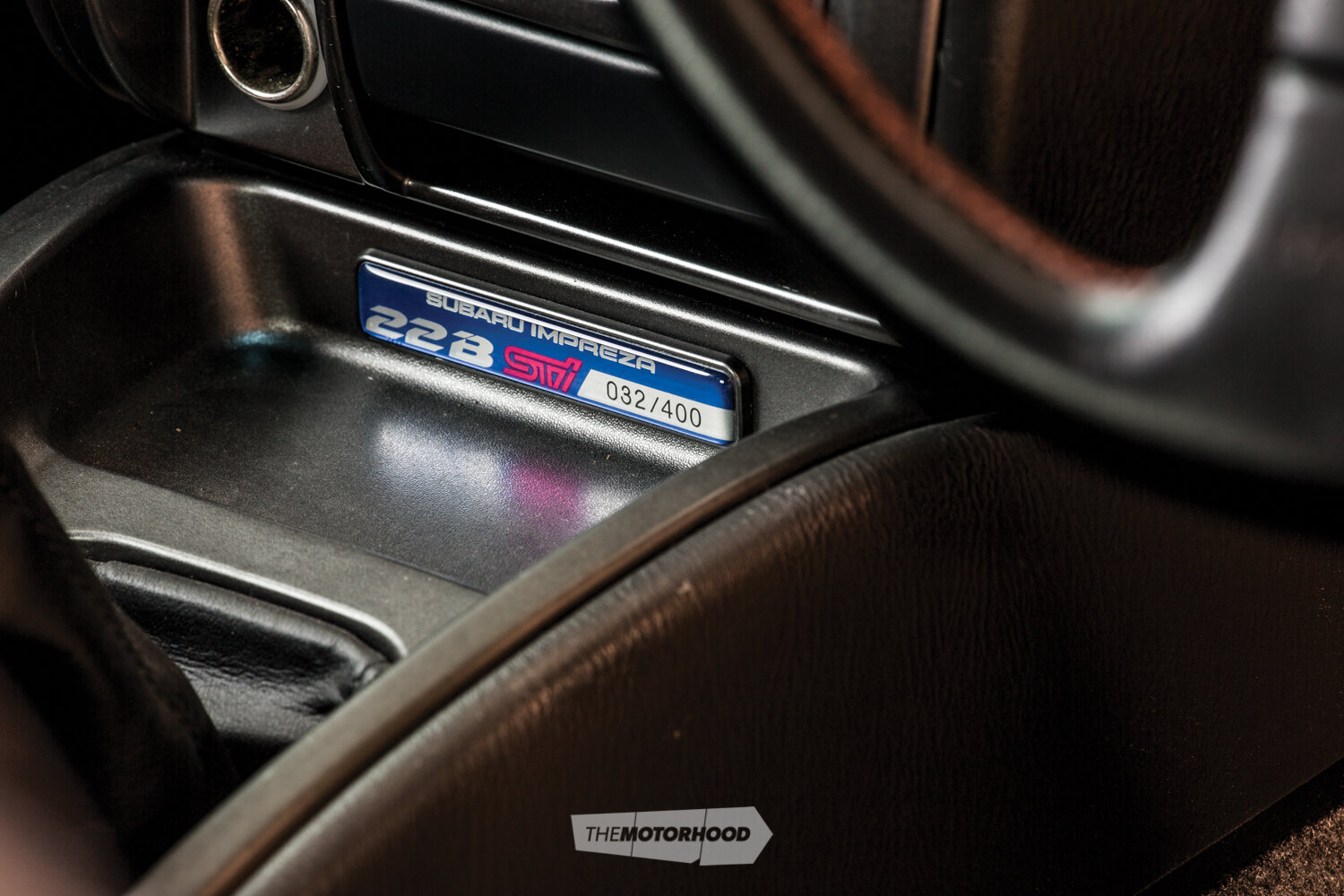
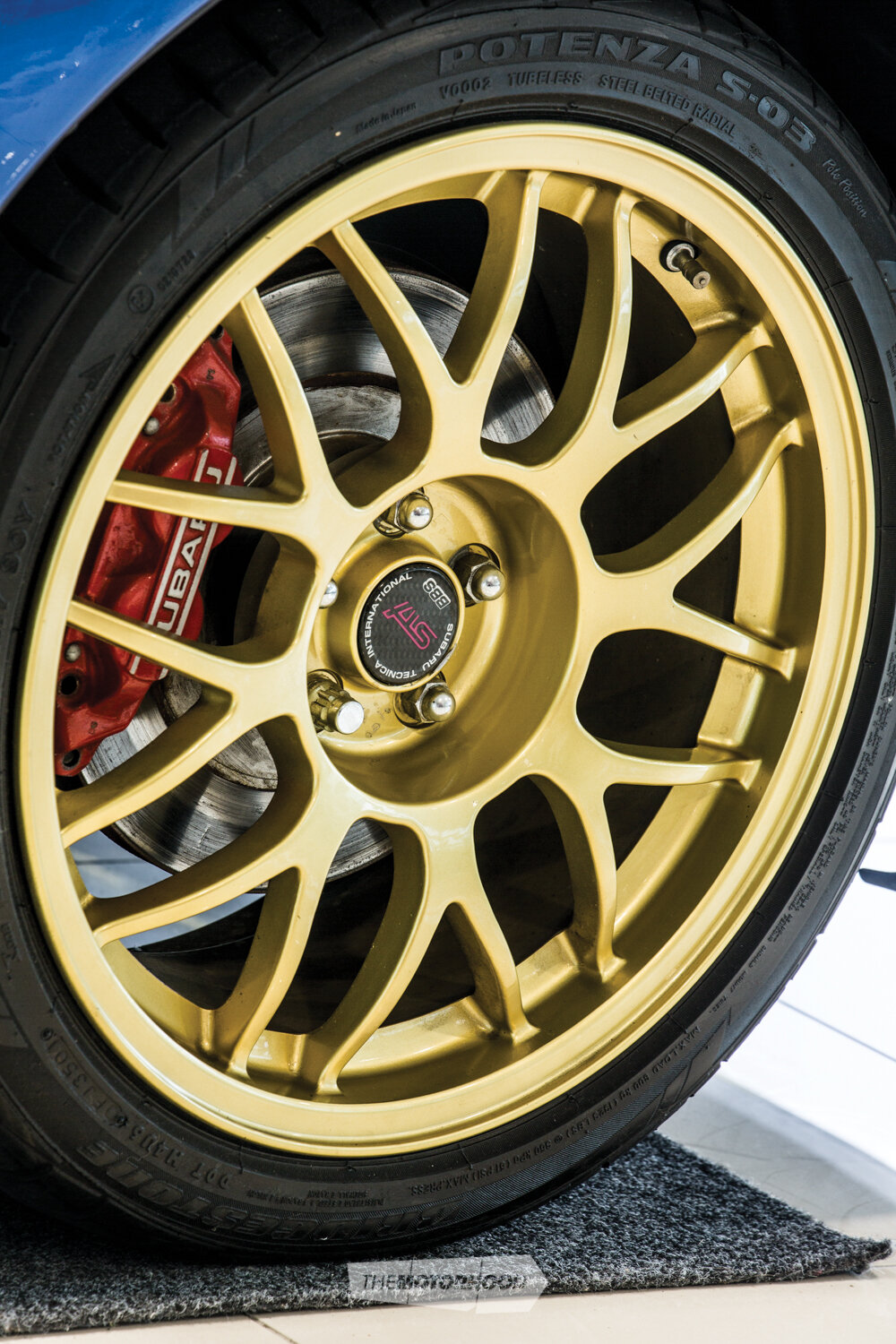
Apart from the scooped bonnet, rally-spec bumpers, huge rear wing, and fenders that widened the car by three inches, the main action occurred under the bonnet. The 22 represents the engine type and size, which was a specially built EJ22 flat-four engine, a 2.2-litre version of the normal cars’ EJ20. With some work on the bore, along with forged pistons and a bigger turbo and intercooler set-up, the 22B put out 208kW as standard and made it to 100kph from a standstill in less than five seconds. These are still impressive times compared with modern-day performance cars 20 years down the track. Prices for the 22B have inevitably stayed pretty steady throughout the years, with the latest sale recorded being that of an Aussie 555-liveried car that changed hands for over A$380K.
Affordable option
If the 22B seems slightly out of reach, another option to consider might be one of the limited editions produced throughout the WRX’s lifetime, such as our featured 1997 WRX STi Version 3 Limited Edition.
As the WRX got slightly more power and a more refined look from its forebear, and prior to the controversial (read: awful) ‘bug-eye’ WRX of the early 2000s, Subaru hit the spot, and arguably one of the most desirable classic WRXs was produced. Alongside the incomparable 22B, the 1997 WRX STi Version 3 Limited Edition remains top of the list for serious collectors.
The numbers read similarly to those of the 22B but without the boldness, or the price tag, or quite the exclusivity.
Thanks to Daniel Hill and the team from ClubSub.org.nz for helping us arrange to getting his car out for us to shoot.
